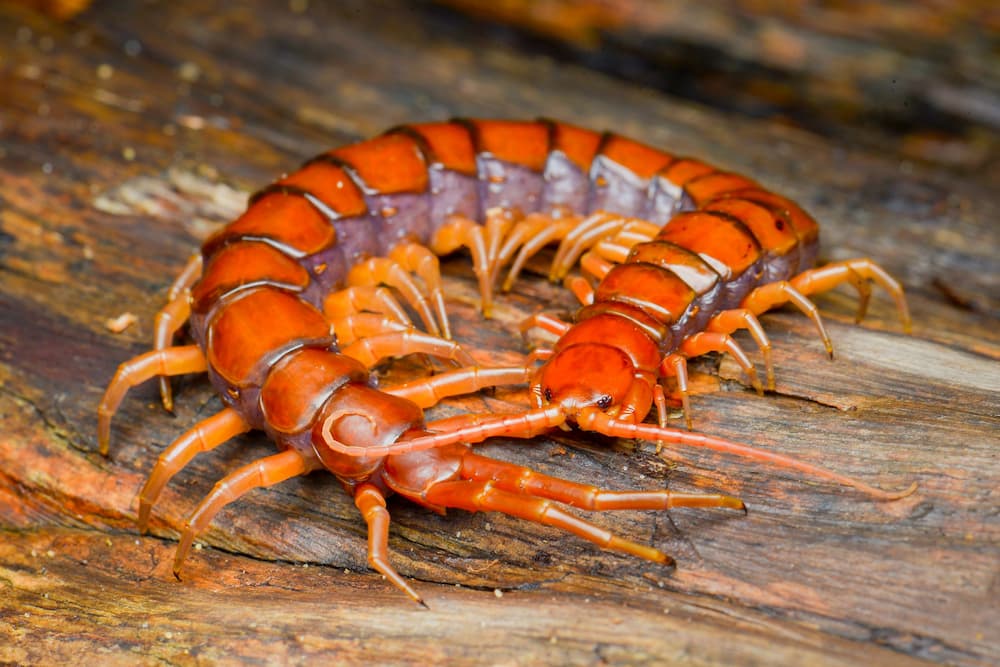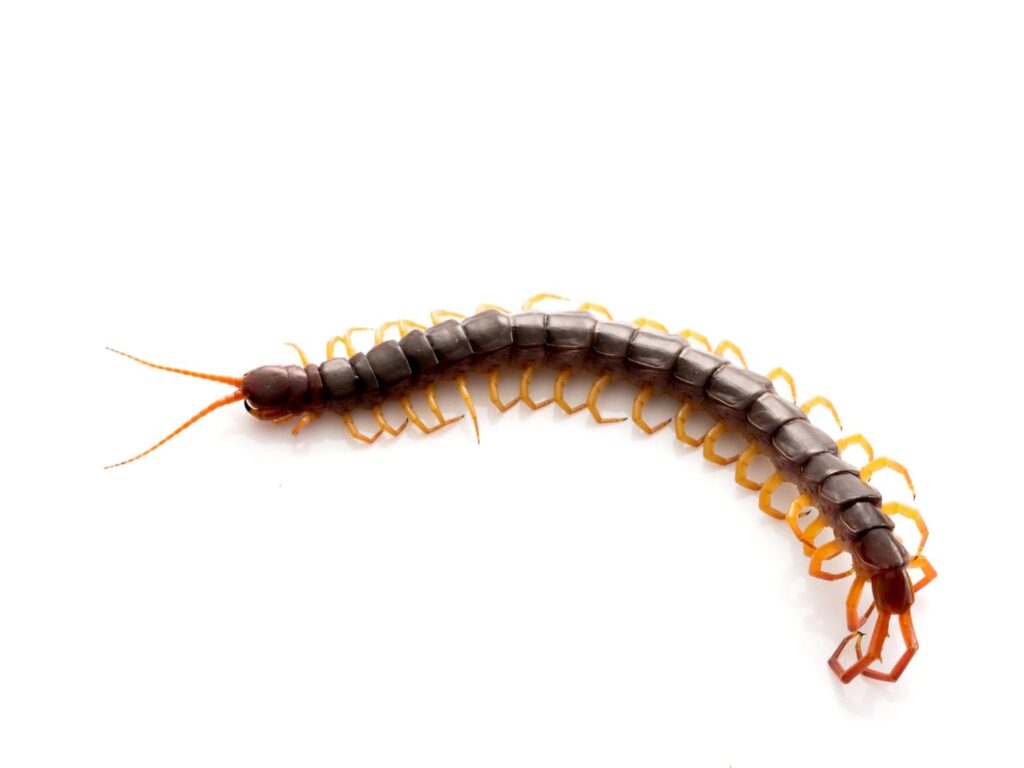Because of their many legs and tendency to appear in dark corners of your home or yard, centipedes undoubtedly tend to arouse nervous feelings in those who come into contact with them.
There are many different kinds of centipedes, but only Scutigera coleoptrata, the house centipede, can reproduce indoors. Although house centipedes are not particularly dangerous, house centipedes can be frightening to look at because of their segmented bodies and numerous pairs of legs.
Their existence can also be a sign of moisture in your house or an infestation of insects that needs to be dealt with.
If you are tired of dealing with these pests and looking for centipede control in Long Island, NY, then check out the services that Optimum Pest Control can provide for you.
Best Action for Centipede Control in Long Island, NY
Although they may spend time indoors, house centipedes are primarily nocturnal animals that mainly prefer to live outside. However, they can find convenient conditions indoors, such as moist basements or closets, and they thrive in damp areas such as decaying logs, beneath stones, in trash, and mulch.
They may accumulate in fairly large numbers on a building’s exterior during the summer, and they may then proceed to infest your home or business by finding gaps that lead inside. That is why, if you believe there is a severe infestation, seeking expert assistance from a local, seasoned pest control company that can provide centipede control may be the best course of action.
Are There Centipedes on Long Island?
While some pests in your Long Island home or business can cause health problems or property damage, many are simply a nuisance. One of the species thought to be a nuisance pest in the region is the centipede.
Although their somewhat unsettling appearance may lead you to believe they are dangerous, they do not actually endanger people or pets.
 How to Recognize Centipedes?
How to Recognize Centipedes?
A centipede is not easily confused with any other insect. Their bodies resemble worms, and their total number of legs can range from 15 to 150. Because of their numerous legs, centipedes have a rapid pace of movement.
These dark brown (or sometimes yellow) pests have two long antennae that stick out of their heads, and they can range in length from less than an inch to six inches.
Signs of a Centipede Infestation
It is more likely that you will need to see a centipede in order to identify symptoms of an infestation, in contrast to other insects that leave droppings or damage behind.
The simplest method to determine if you have a centipede infestation is to discover them under something they were using as cover. During the day, house centipedes conceal themselves in damp, dark areas and emerge during the evening.
They will die in dry places, so they usually infest places where they can get moisture. Particularly at night, bathrooms and boiler rooms are frequent places to find them.
Even though one bug does not indicate an infestation, if there are gaps or openings in your home’s exterior that allow warm, moist areas inside, or if you already know you have another insect problem in your home, you may have a centipede infestation.
What Do Centipedes Hate the Most?
Centipedes essentially hate strong odors such as essential oils. So, with smells that centipedes detest, like tea tree, peppermint, rosemary, clove, thyme, lavender, and eucalyptus oils, you can effectively repel them.
Also, one possible temporary centipede deterrent is as simple as turning on a light. These pests will retreat to secure, shadowy wall crevices or vents when exposed to bright lights.
Where Do Centipedes Hide?
All over the world, centipedes prefer to reside in warm, humid environments.
Centipedes found outdoors prefer to gather in gardens, under heaps of fallen leaves, and in firewood stacks. Those that enter your house through foundation cracks and other gaps may end up in moist areas like your bathroom, basement, or even a potted plant.
 How to Prevent Centipedes in the First Place?
How to Prevent Centipedes in the First Place?
Centipedes are not dangerous to you or your family, but they can still be an annoyance. They are a nuisance in the yard as well, because they also like to feed on specific plants. Limiting the items that could draw centipedes into your house is a good idea if you want to safeguard both your possessions and your mental health.
Here are some helpful pointers for preventing and controlling centipedes:
- Regulate the moisture in your house: Reducing the humidity in your bathrooms and basement will help address the dampness problem. Additionally, look for any leaks, no matter how tiny. This includes the pipes beneath the house, the basement, the space behind appliances, the sinks in the kitchen and bathroom, and the air conditioning units outside the house. For indoor spaces, you can also try using a dehumidifier.
- Remove the grass and leaf piles from outside the house: Removing mulch, leaf litter, splash guards, stones, and landscape timbers from the area surrounding the structure is essential for prevention because these will initially draw centipedes before they enter your home from the yard.
- Cover and/or seal gaps and cracks: Filling up all of the gaps and cracks in your house is the best defense against house centipede invasions. To find and close off any potential entry points, inspect the foundation, walls, doors, and windows. Sealant and caulk can be added as needed.
Optimum Pest Control: Your Reliable Local Pest Control Experts
Optimum Pest Control, based in Wantagh, NY, has been serving the Long Island region for more than 20 years.
We use cutting-edge techniques while being mindful of the need to protect the environment. We have built our business on word-of-mouth recommendations from satisfied customers and providing exceptional customer service, so please feel free to look at the testimonials we have received.
If you think you are in need of centipede control in Long Island, NY, do not hesitate to call us whenever you want. We are open Monday through Friday from 8 AM to 8 PM (8 AM to 4 PM on Saturdays).
